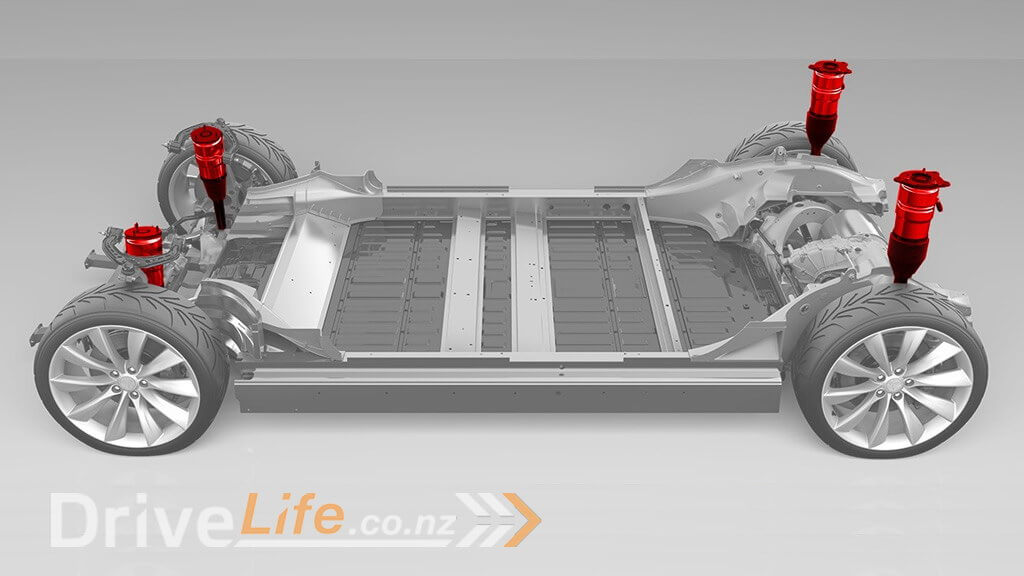One of the things that I did when planning this build was to try to look at each area of the car and see what we could do differently to what others have done and also try to make things with current technology to make sure the car would have all of the bells and whistles expected of a modern car.
Whilst searching around for a suspension system that I could use I came across an article about a system developed for the U.S military by a company called General Kinetics. They had developed a system that would allow complete control over what was essentially traditional shock absorber technology. It means that suspension can be adjusted just with a laptop or smartphone instead of physical changes that would usually be required. That fit perfectly with what I was thinking about using new technology that others haven’t used.
Unfortunately it wasn’t available as a retail product, but I was put in contact with Viking suspension who are already well known in the U.S for making good quality suspension. They were in the process of developing a system that would use the ASM setup from General Kinetics. They were prepared to send us a prototype system to use with our car. The system wasn’t cheap, but it also wasn’t as expensive as some “normal” suspension systems either so overall I was very happy.
The system is comprised of 5 parts. The shocks and electronic control valves, the control unit for each corner which has a G sensor and load sensor, wheel travel sensor to determine where each wheel is and how fast it’s travelling, a steering angle sensor and the main control unit that everything else is plugged into.
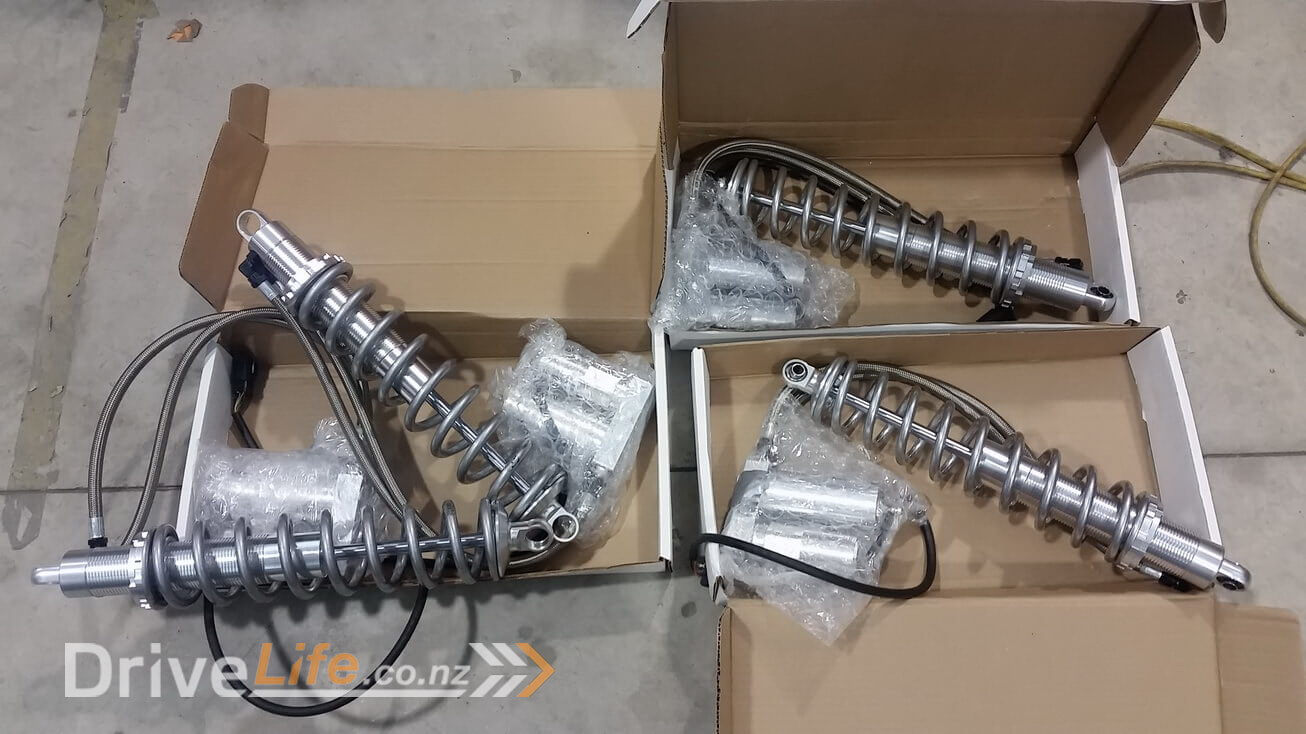
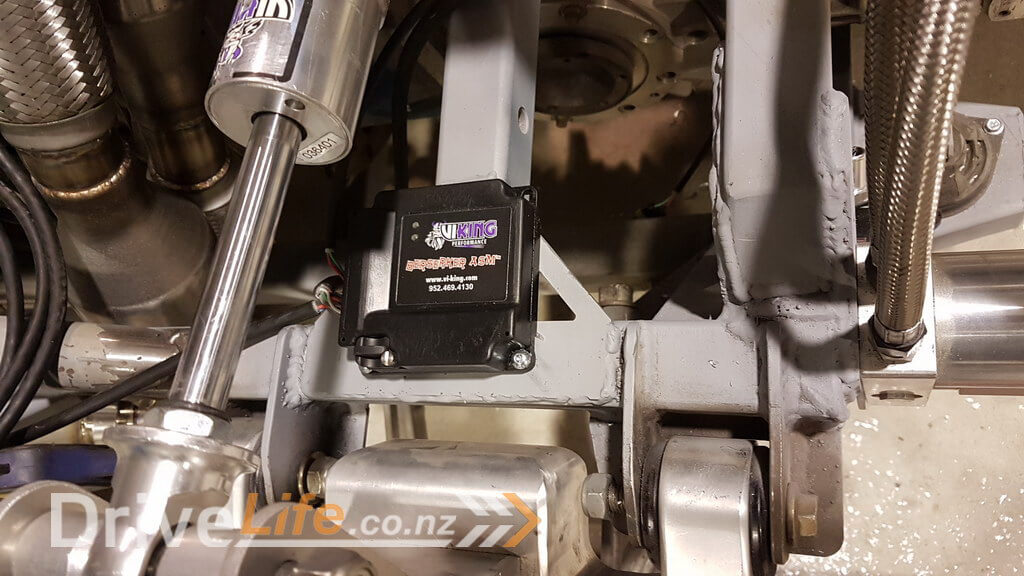
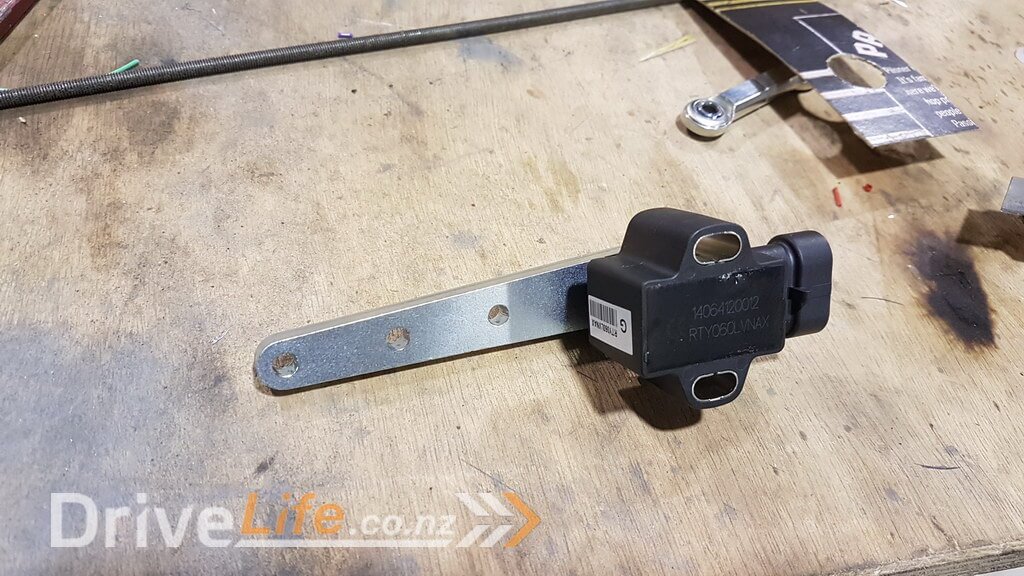
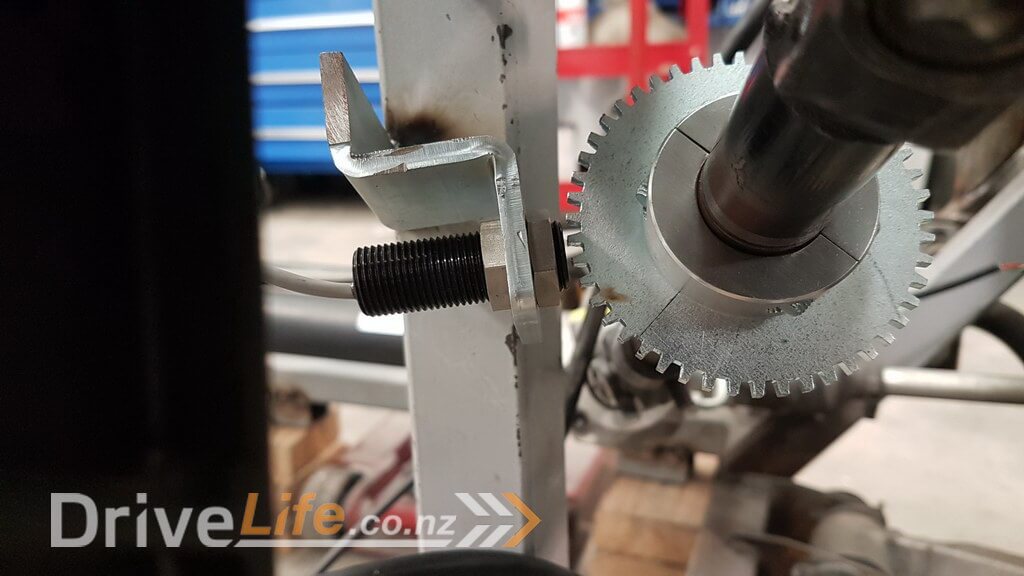
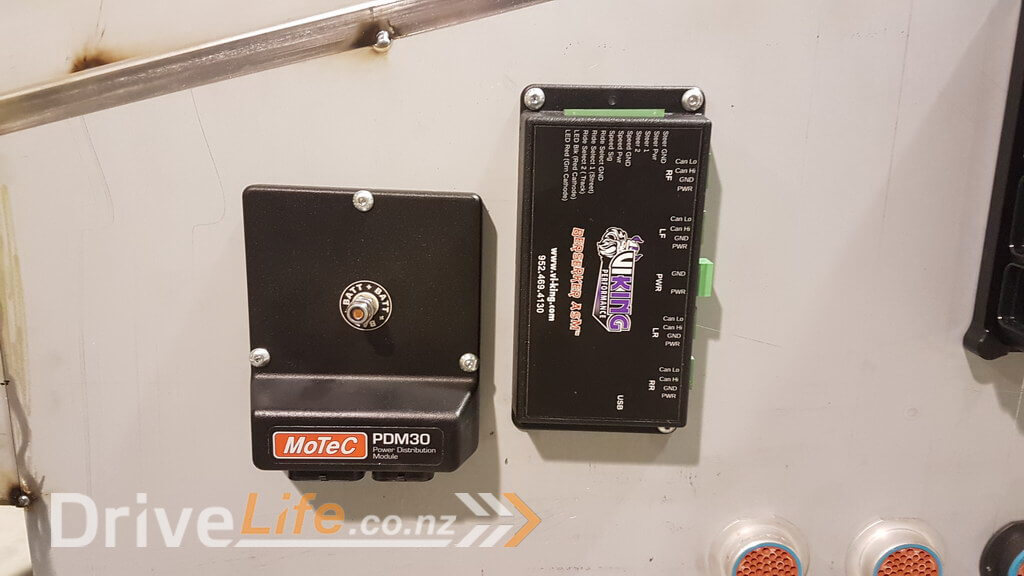
Another thing I’ve added to the system is what is called a “Droop stop”. This is to stop the suspension from travelling too far when it’s unloaded. This is needed for 2 reasons. The first is that it helps with passing the LVVTA tests to make it road legal as the droop stop helps keep the spring retained and tight. If the spring is able to come loose then it will fail. Second reason is that it gives us a definitive stop point which is really important to allow the suspension control unit to be able to make it’s calculations.
These droop stops are made of kevlar fibres, are very light and flexible but extremely strong. These units are rated to 1350KG which is more than the weight of the whole car !.
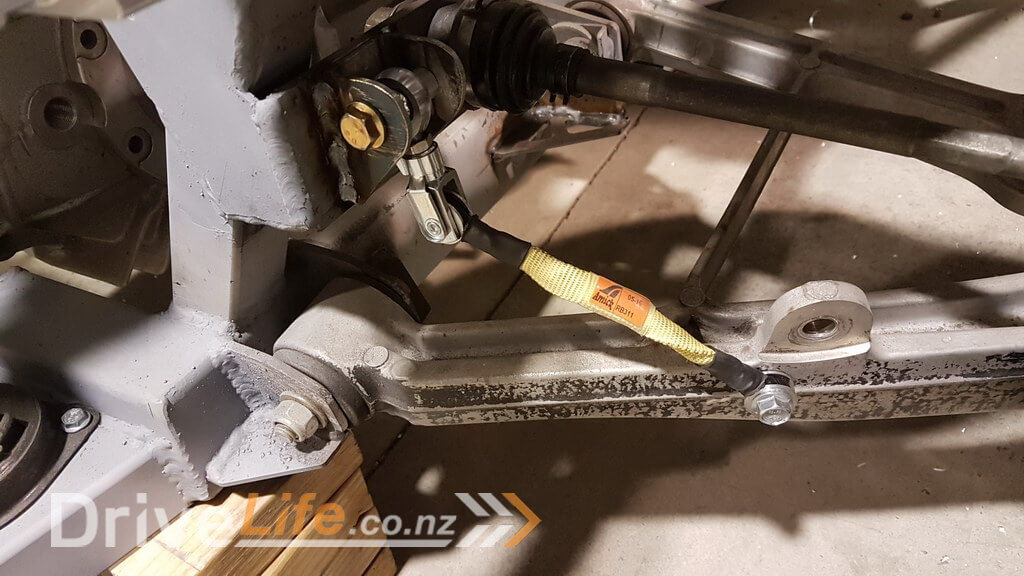
The first place to start with fabrication was to create a mount for the wheel travel sensors. There is one for each wheel so that the main controller knows what each corner is doing. I started with a cardboard template and then created a bracket in Fusion 360 and 3d printed it to test. It was a perfect fit straight away so I got OLS to laser cut some for me so I could weld them in place.
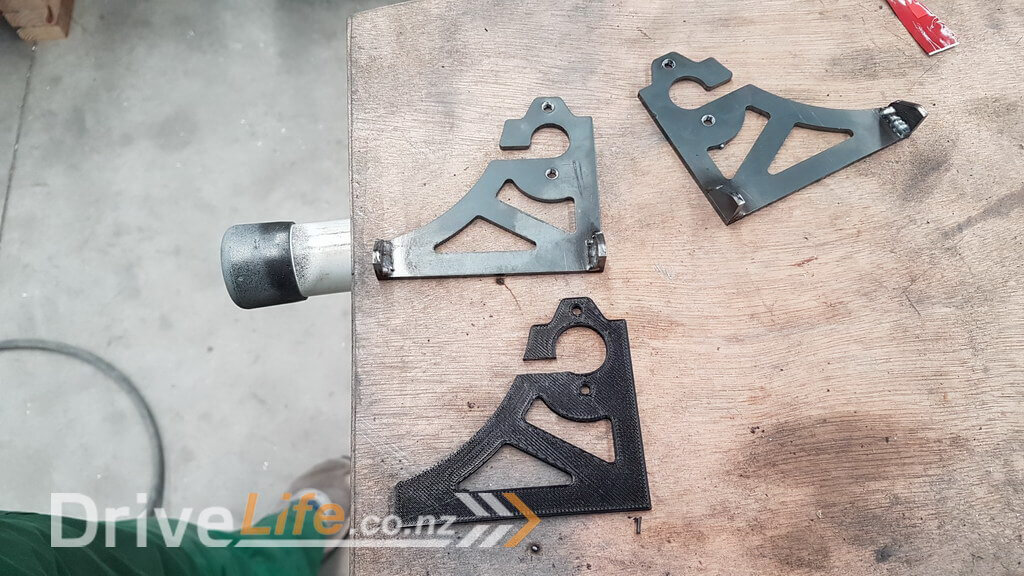
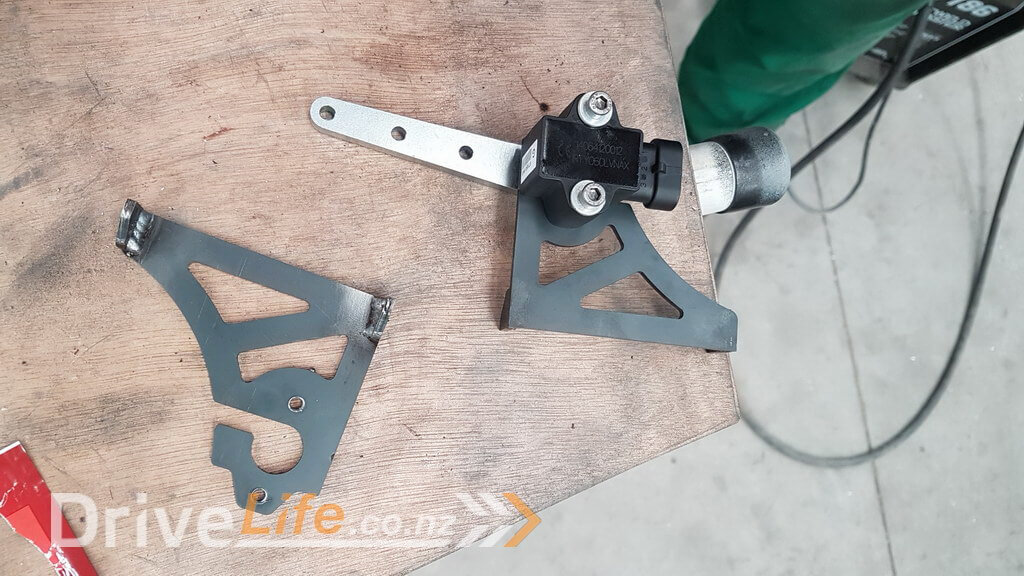
You can see the sensor mounted here and it needed to have approx 70mm of travel according to the documentation to give it the best results, so I adjusted the position a few times to try and get it perfect, but I got there in the end. You can see here I took 3 photos of fully extended, normal ride height and fully compressed so you can see how much it moves. To be honest, in usual operation you’re very unlikely to see anything like that amount of travel, but for safety and for the calculations we needed to make sure it could go through the full range of motion.
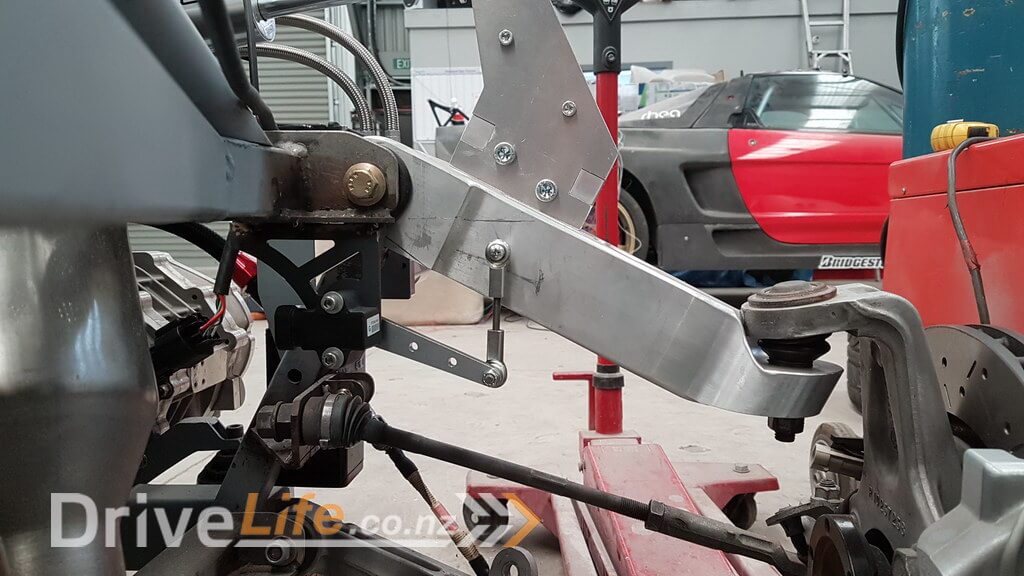
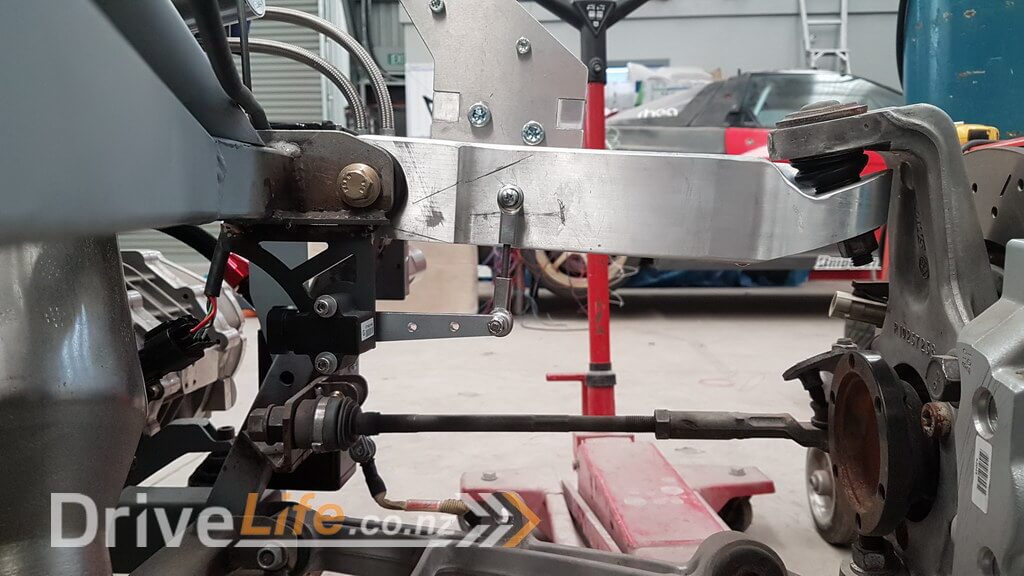
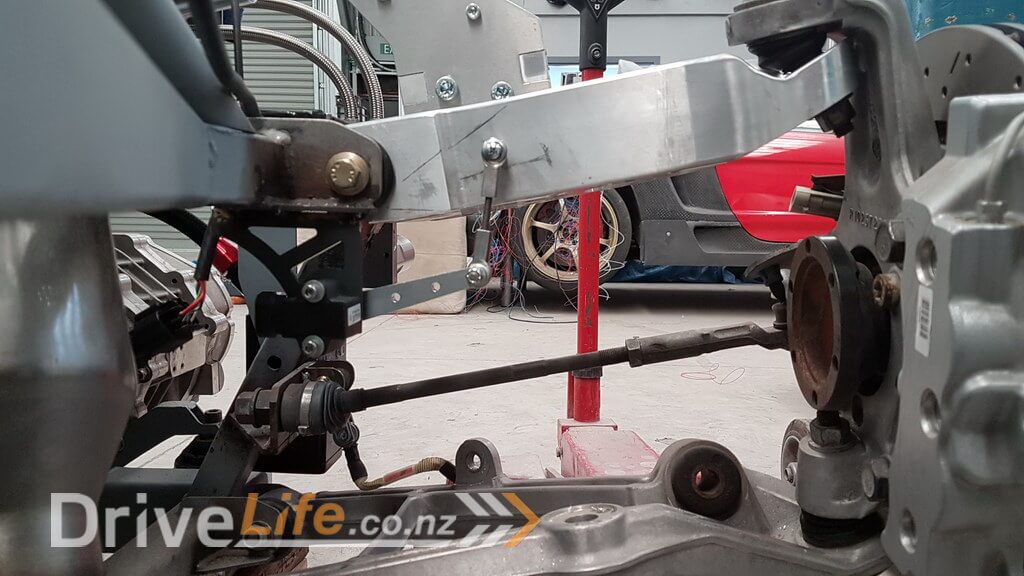
Next I needed to mount the steering angle sensor. This is attached to the steering column and simply feeds back the position of the steering. It’s a very simple system, but it’s important that it’s mounted properly to get a reliable reading. It’s very important to have the steering information so that if you turn left the suspension controller knows that it’s expecting to see more load on the right side of the car as load transfers to that side of the car. The suspension controller can then make adjustment to correct body roll if that’s what’s been set.

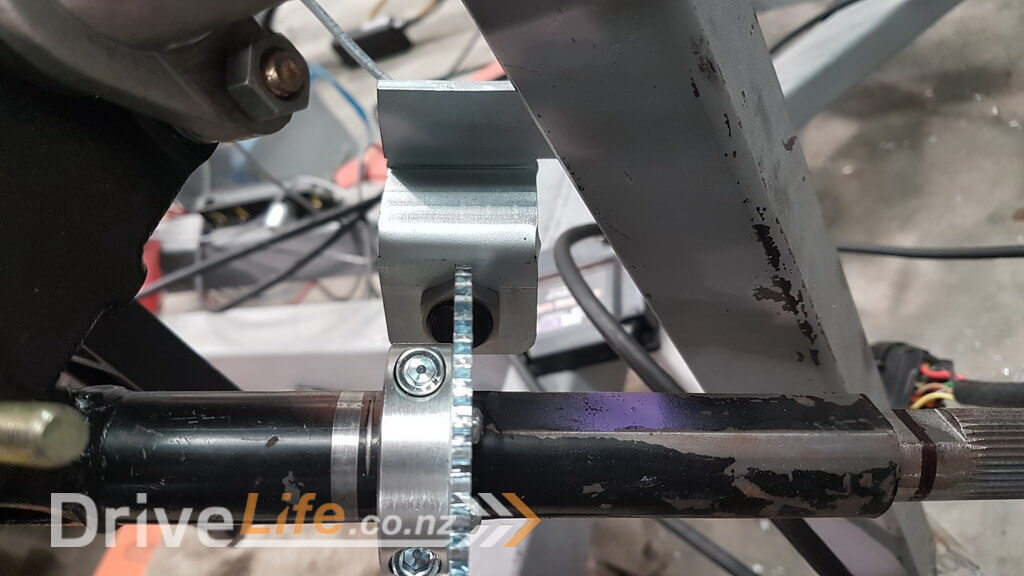
Next I needed to move all of the suspension arms to different positions and take measurements. These measurements are then put into a form which allows us to calculate the numbers that the main controller needs to understand what our car has.
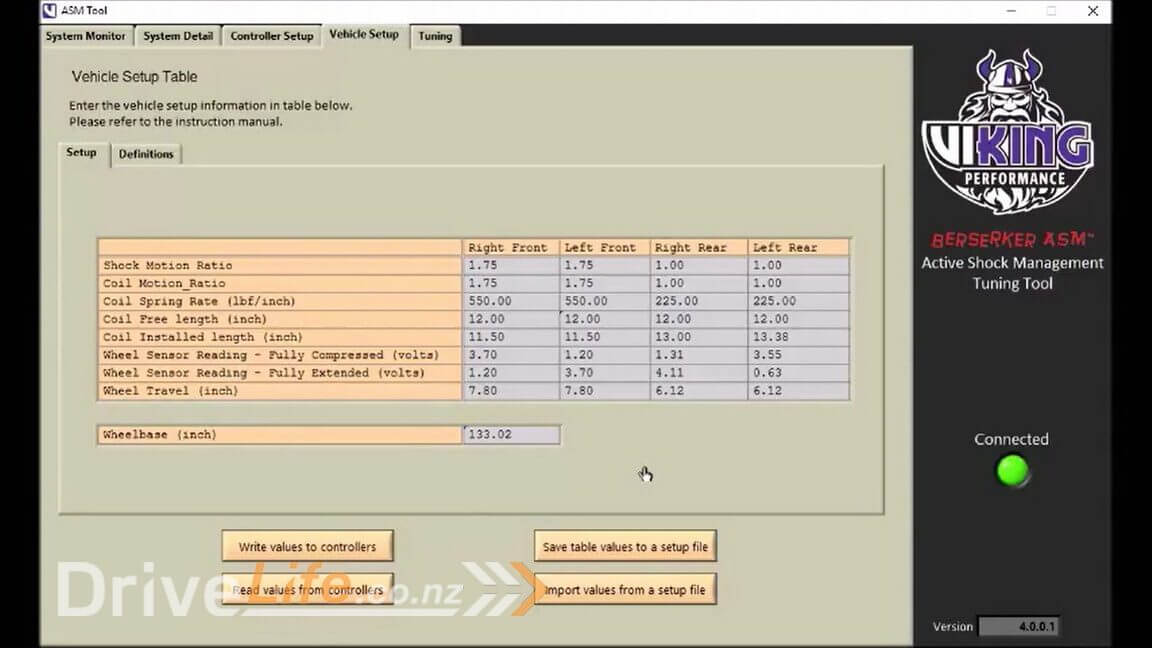
The controller allows you to select from 3 preset suspension maps and these are totally configurable from the software. You can see here all of the settings that can be adjusted.
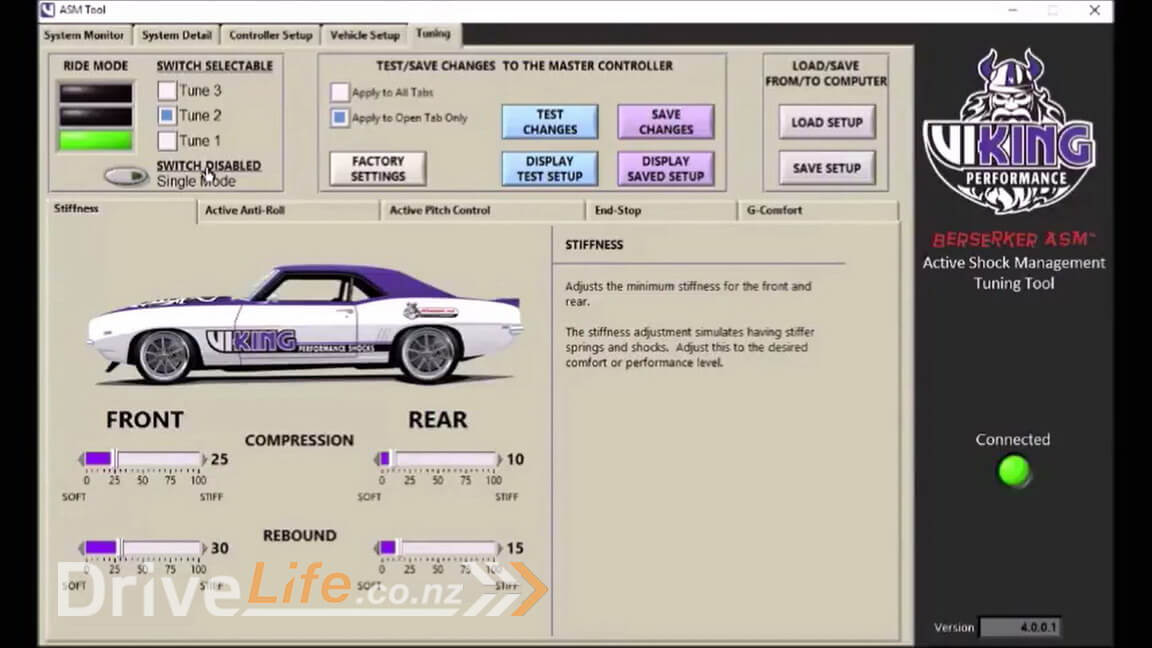
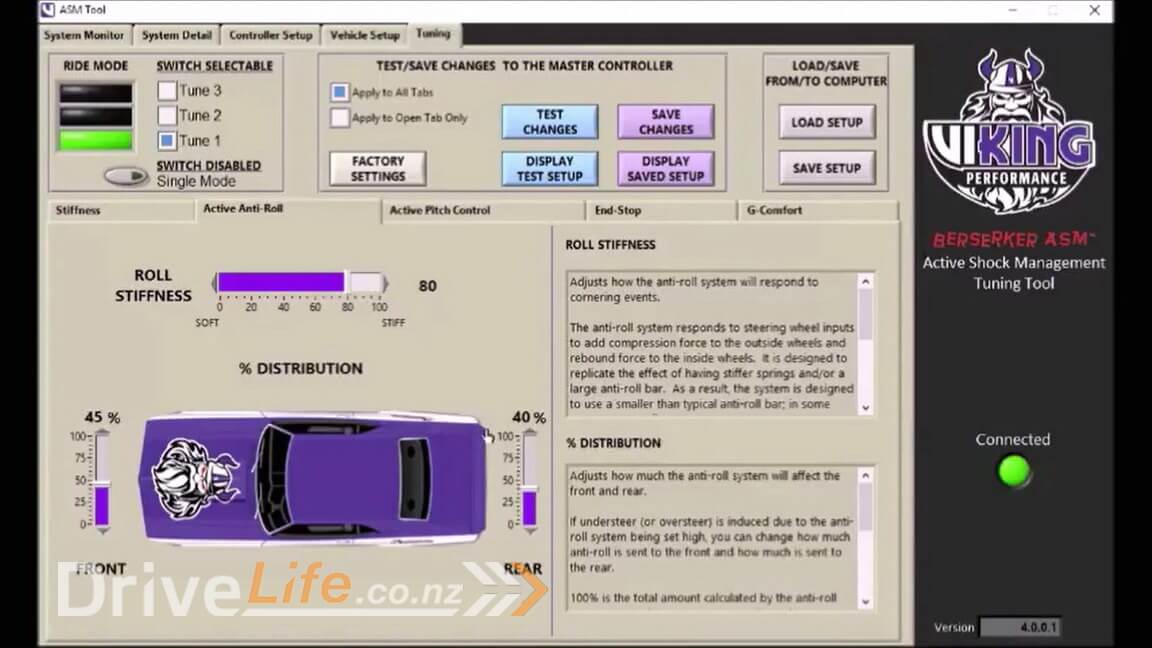
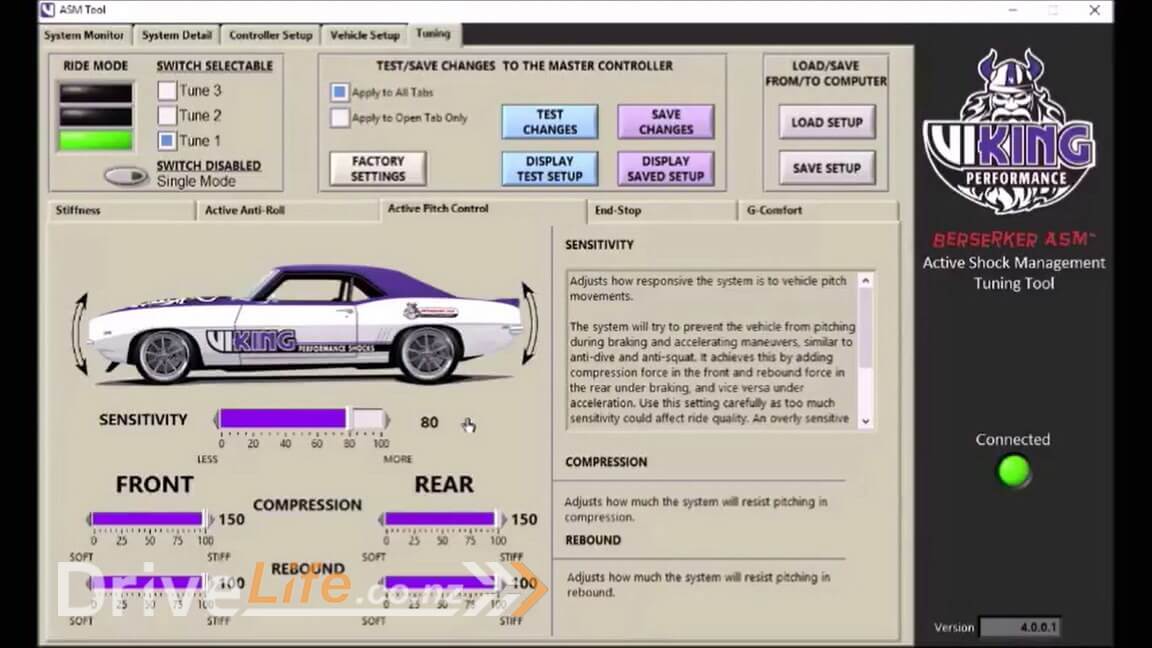
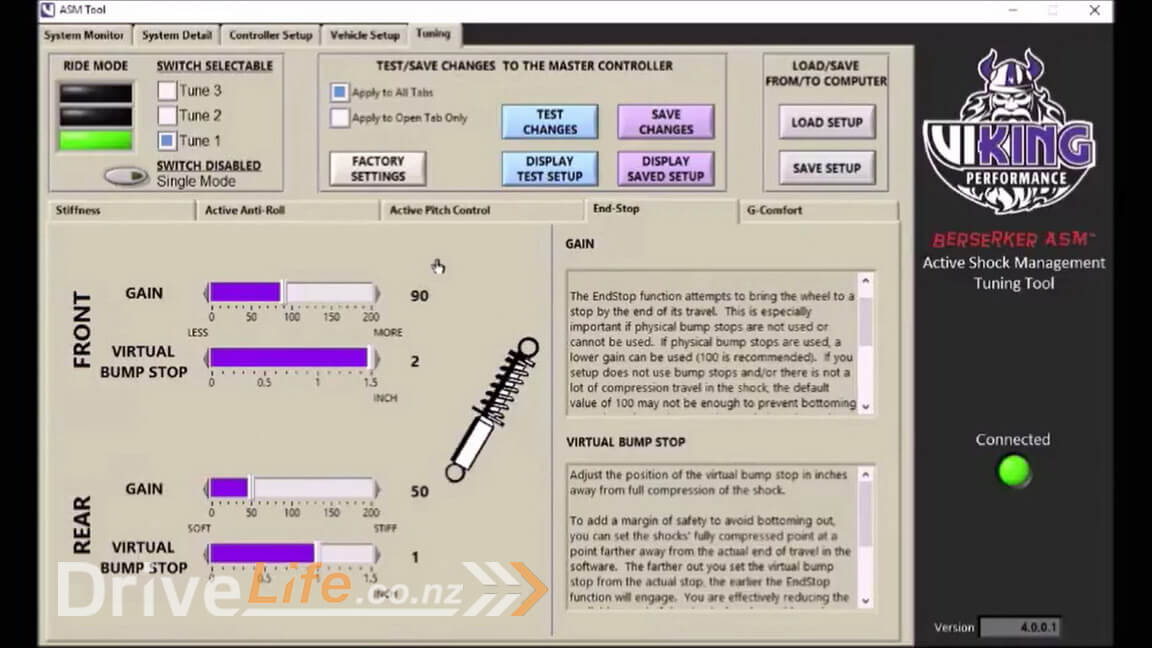
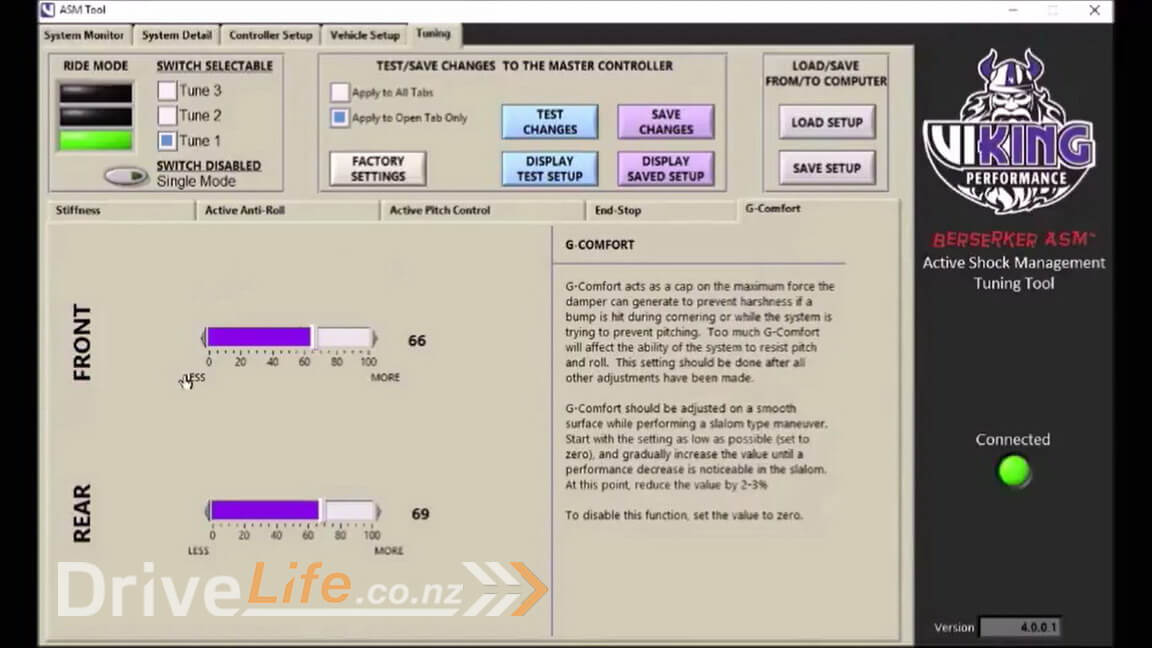
As you can see from the screen shots of the software above, essentially this suspension system allows you to dial in your required suspension behaviour almost in the same way that engine management computers are able to dial in the characteristics of an engine. All data logged and configurable from a smartphone if that’s what you desire. Pretty cool stuff !
There’s a newer entry in this story, please click here – FZ12 – Part 27
If you’ve missed the last part of our story then click here FZ12 – Part 25
or if you want to go right to the beginning then click here FZ12 – Part 1


